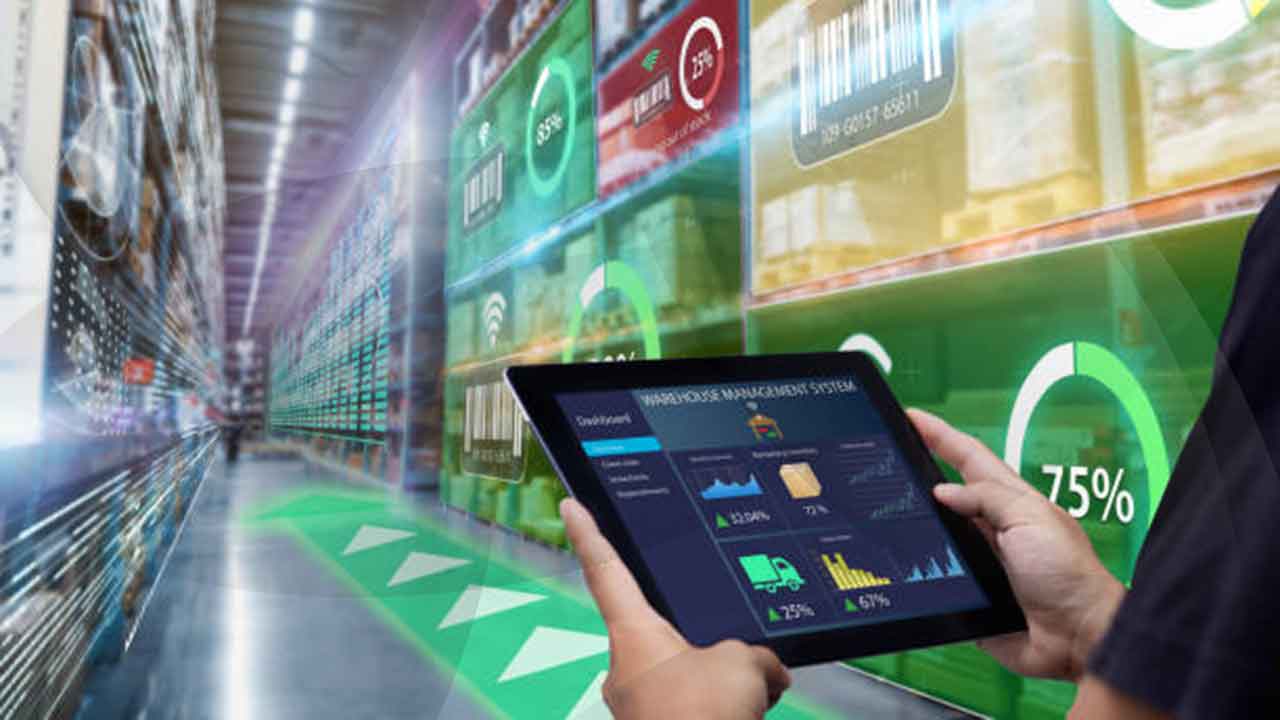
Logistics Management in the Digital Age
The digital age has ushered in a transformative era for logistics management. No longer are pen and paper the tools of the trade. Today, cutting-edge technologies are revolutionizing the way goods move around the world, creating a more efficient, sustainable, and data-driven supply chain ecosystem. Let's delve into some of the top trends and innovations shaping the future of logistics:
1. The Power of Artificial Intelligence (AI):
AI is rapidly transforming logistics by injecting intelligence into various aspects of the supply chain. Here's how:
- Demand Forecasting: AI algorithms analyze historical data, market trends, and consumer behavior to predict demand with remarkable accuracy. This allows businesses to optimize inventory levels, avoid stockouts, and ensure on-time deliveries.
- Route Optimization: AI-powered software analyzes traffic patterns, weather conditions, and real-time data to plan the most efficient routes for deliveries. This translates to reduced fuel consumption, minimized delivery times, and lower transportation costs.
- Predictive Maintenance: AI can analyze sensor data from vehicles and warehouse equipment to predict potential maintenance issues before they occur. This proactive approach minimizes downtime, optimizes equipment utilization, and ensures smooth operations.
2. Automation Takes Center Stage:
Robots are no longer confined to science fiction. Warehouses are increasingly adopting automation solutions to streamline operations and enhance efficiency. Here are some ways robots are making a difference:
- Picking and Packing: Robots handle repetitive tasks like picking and packing orders with speed and accuracy, freeing up human workers for more value-added activities like quality control and problem-solving.
- Inventory Management: Autonomous mobile robots (AMRs) navigate warehouses, conducting inventory audits and replenishing stock as needed, ensuring real-time inventory accuracy and minimizing manual processes.
- Sorting and Distribution: Robotic sorting systems automate the sorting and distribution of packages, improving throughput and minimizing errors in order fulfillment.
3. The Internet of Things (IoT) Connects the Supply Chain:
The rise of the IoT is fostering greater visibility and real-time data collection throughout the supply chain. Sensors embedded in everything from packages to warehouse equipment provide valuable insights:
- Real-Time Tracking: Track shipments in real-time, providing customers with accurate delivery ETAs and enhancing overall transparency.
- Environmental Monitoring: Sensors monitor temperature and humidity conditions during transportation, ensuring the integrity of perishable goods and preventing spoilage.
- Predictive Analytics: By analyzing sensor data, companies can identify potential bottlenecks or disruptions within the supply chain and take proactive measures to mitigate risks.
4. Big Data and Analytics: Unveiling Hidden Insights:
The vast amount of data generated by logistics operations holds immense potential for optimization. Big data analytics empowers logistics managers to:
- Identify Trends: Analyze historical data to identify trends in customer behavior, demand fluctuations, and transportation costs. This allows for data-driven decision-making and continuous improvement.
- Optimize Resource Allocation: Allocate resources more efficiently based on real-time data and identify areas for cost reduction.
- Benchmark Performance: Track key performance indicators (KPIs) to measure efficiency and identify areas for improvement compared to industry benchmarks.
5. Blockchain: Building Transparency and Trust:
Blockchain technology offers a secure and transparent way to track goods throughout the supply chain. This can be particularly beneficial for:
- Counterfeit Detection: Blockchain can verify the authenticity of products at every stage of the supply chain, minimizing the risk of counterfeiting.
- Improved Visibility: All stakeholders involved in the supply chain can access a secure, shared ledger with real-time data on product movement and location.
- Enhanced Traceability: Trace the origin and journey of goods with ease, promoting transparency and accountability within the supply chain.
6. Cloud Computing: On-Demand Scalability and Flexibility:
Cloud computing enables logistics companies to access logistics management software and computing resources on-demand, offering several benefits:
- Scalability: Easily scale resources up or down to meet fluctuating demand without significant investment in on-premise hardware.
- Cost-Effectiveness: Eliminate the need for expensive upfront investments in hardware and software infrastructure.
- Accessibility: Access data and applications from anywhere with an internet connection, fostering collaboration and remote work


